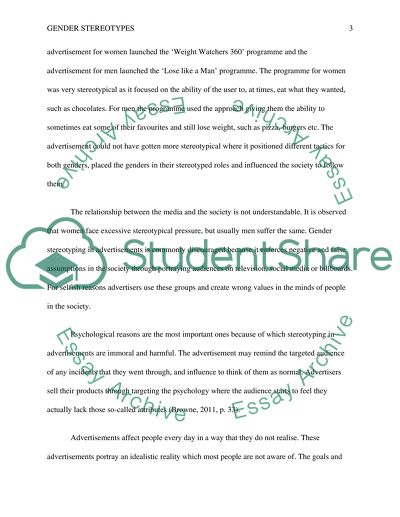Cite this document
(“Use of Gender Stereotypes in Advertising Essay Example | Topics and Well Written Essays - 2250 words”, n.d.)
Retrieved from https://studentshare.org/marketing/1478008-use-of-gender-stereotypes-in-advertising
Retrieved from https://studentshare.org/marketing/1478008-use-of-gender-stereotypes-in-advertising
(Use of Gender Stereotypes in Advertising Essay Example | Topics and Well Written Essays - 2250 Words)
https://studentshare.org/marketing/1478008-use-of-gender-stereotypes-in-advertising.
https://studentshare.org/marketing/1478008-use-of-gender-stereotypes-in-advertising.
“Use of Gender Stereotypes in Advertising Essay Example | Topics and Well Written Essays - 2250 Words”, n.d. https://studentshare.org/marketing/1478008-use-of-gender-stereotypes-in-advertising.


